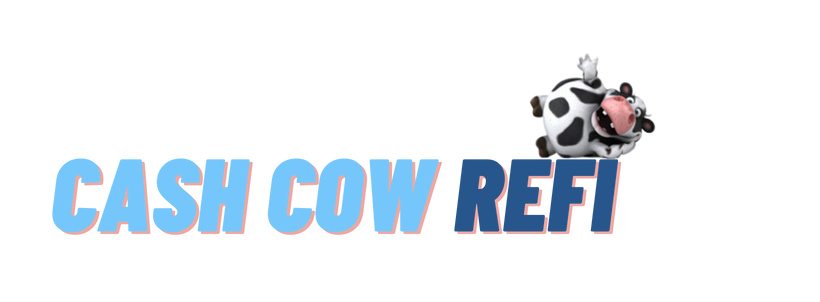Introduction to Cashout Refinance
Homeownership is often referred to as an investment, and for good reason. As you pay off your mortgage, you build equity in your home – that is, the portion of the home that you fully own. However, what many homeowners don’t realize is that this equity can be a powerful tool for managing their finances, especially when it comes to paying off consumer debt. One such tool is a cashout refinance.
A cashout refinance is a type of mortgage refinance where a homeowner refinances their mortgage for more than they owe on their original loan. The difference between the new loan and the remaining balance on the original loan is given to the homeowner in cash.
For example, if you owe $150,000 on your mortgage and your home is worth $200,000, you could potentially refinance for $170,000. The extra $20,000 ($170,000 new loan – $150,000 old loan) is given to you in cash, hence the term “cashout refinance”.
The Cashout Refinance Process
The process of a cashout refinance is similar to the process of obtaining your original mortgage. You’ll need to apply with a lender, go through the underwriting process, and close on the loan. The new loan will then replace your old mortgage, and you’ll start making payments on this new loan.
The cashout refinance process typically involves the following steps:
- Assessment: Determine how much equity you have in your home and how much you could potentially take out in cash.
- Application: Apply for the new loan with a lender. The lender will check your credit, income, and other factors to determine if you qualify.
- Appraisal: The lender will order an appraisal to determine the current value of your home.
- Approval: If everything checks out, the lender will approve the loan.
- Closing: At closing, the original mortgage will be paid off, the remaining funds will be given to you in cash, and the new loan will take effect.
Using Cashout Refinance to Pay Off Debt
Now, let’s talk about how you can use a cashout refinance to pay off consumer debt. The cash you receive from a cashout refinance can be used for any purpose you choose. However, one smart use of these funds is to pay off high-interest debt, such as credit card debt.
Credit card debt often comes with high interest rates, which can make it difficult to pay down. By using a cashout refinance, you can potentially pay off this high-interest debt and replace it with a lower-interest mortgage debt. This can save you money in the long run and help you become debt-free faster.
It’s important to note that while a cashout refinance can be a powerful tool for managing debt, it’s not right for everyone. It’s crucial to understand the costs and risks associated with this strategy before deciding if it’s the best fit for your financial situation. In our next post, we’ll delve into the pros and cons of cashout refinancing for debt consolidation, so stay tuned!
Remember, financial decisions should always be made with careful consideration and, when needed, with the advice of a financial advisor. The goal is to find a strategy that not only helps you manage your debt but also aligns with your overall financial goals and plans for the future.

